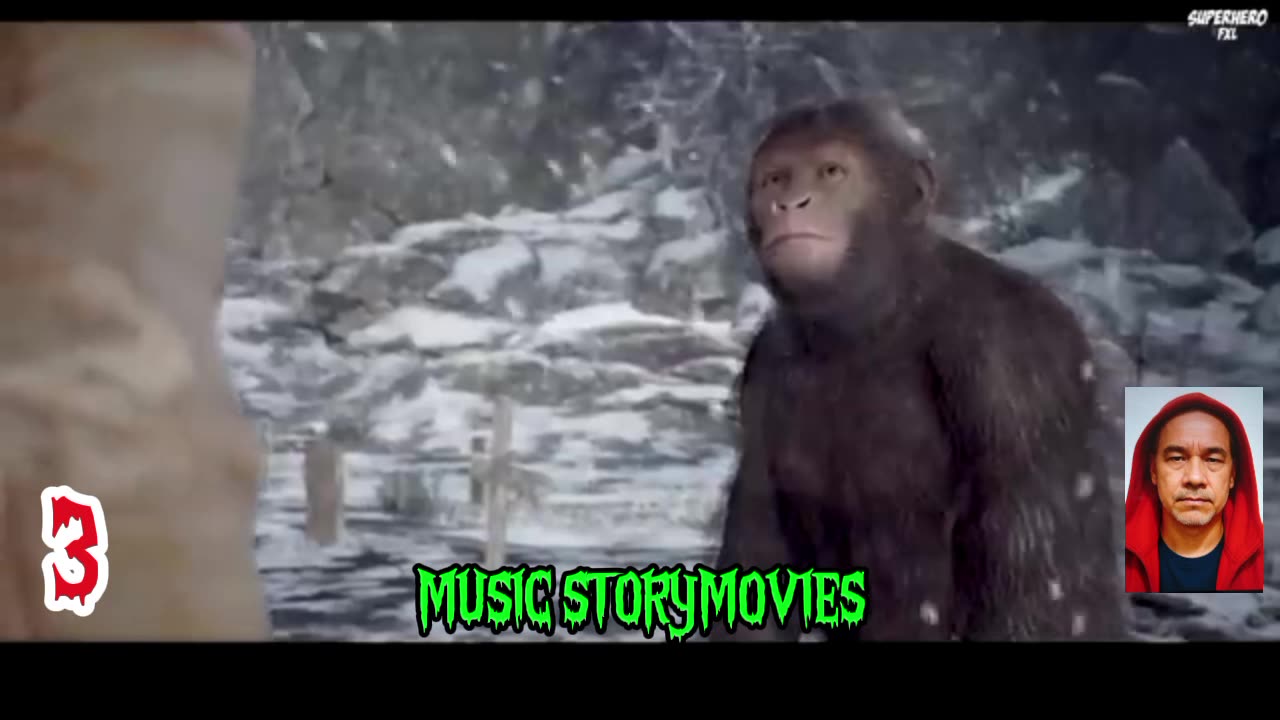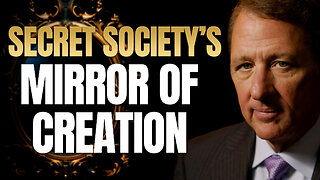Premium Only Content

PLANET APES
PLANET APES Analysis
🐒 "Planet of the Apes" (1968) Full Movie Analysis
Planet of the Apes, directed by Franklin J. Schaffner and starring Charlton Heston, transcends its science-fiction B-movie premise to deliver a profound and disturbing allegory on human nature, civilization, and self-destruction.
1. 🌎 Plot Overview (Recap)
Astronaut George Taylor (Heston) and his crew crash-land on a seemingly alien planet 2,000 years in the future after a long journey in deep hibernation. They discover a world where intelligent, articulate apes are the dominant species, living in a restrictive, hierarchical society. Humans, conversely, are mute, primitive, and treated as savage beasts—hunted, caged, and used for scientific experiments.
Taylor is captured and, after proving he is intelligent and capable of speech ("Take your stinking paws off me, you damn dirty ape!"), he is taken in by sympathetic chimpanzee scientists, Dr. Zira and Cornelius. The ruling Orangutans, led by Dr. Zaius, are fundamentalists who fear Taylor's intelligence threatens their religious dogma and societal order. Taylor's quest for freedom and the truth about the planet's origins leads to the film's iconic, devastating twist ending.
2. ✍️ Major Themes and Social Commentary
The film uses the role-reversal of man and ape to explore several critical issues pertinent to the 1960s and beyond:
Social Hierarchy and Racism (Allegory for Injustice):
The Ape society is rigidly segregated by species: Orangutans are the conservative religious and political leaders (the establishment); Chimpanzees are the intellectuals and scientists (progressives); and Gorillas are the military, police, and laborers (the enforcers).
The treatment of the primitive, subjugated humans is a clear allegory for racial discrimination, slavery, and classism. By making the audience sympathize with a white male protagonist who becomes the victim of "othering," the film forces a perspective on historical and contemporary injustices.
Faith vs. Science / Dogmatism vs. Progress:
The conflict between Cornelius/Zira (Science) and Dr. Zaius (Faith/Theology) is central. Dr. Zaius is not merely a religious figure; he is the guardian of the status quo. He actively suppresses archaeological and scientific evidence (like the finding of a talking doll and the "Forbidden Zone") that contradicts the Sacred Scrolls, which state that man was created after the apes and is fundamentally inferior.
This critiques blind adherence to dogma and the suppression of truth for the sake of political or societal stability.
The Fragility of Civilization and Nuclear Anxiety (The Twist Ending):
The entire film builds to the shocking final scene: Taylor discovers the remains of the Statue of Liberty half-buried on the beach.
This revelation—that the "alien" planet was Earth all along—delivers the film's ultimate message. Humanity, through its own arrogance, warfare, and reliance on technology, destroyed itself in a nuclear holocaust. The apes were the inheritors of a scorched Earth.
The film serves as a powerful anti-war and anti-nuclear warning, suggesting that human intelligence is not a guarantee of survival and can, in fact, be the tool of its own destruction.
4. 🎬 Conclusion: A Timeless Classic
Planet of the Apes is hailed as a classic because its commentary remains relevant decades later. The film effectively uses the bizarre, fantastical setting to hold a mirror up to human society, challenging viewers to confront their own prejudices, the nature of their faith, and the self-destructive course of their civilization. The final shot is one of the most famous and effective twist endings in cinematic history, elevating the film from mere science fiction to a timeless cautionary tale.
-
 15:32
15:32
IsaacButterfield
21 hours ago $2.29 earnedAussie Reacts To UNHINGED Woke TikToks!
14.7K10 -
 3:24:28
3:24:28
PandaSub2000
13 hours agoNintendo Platformers - Thanksgiving 2025 Special | ULTRA BEST AT GAMES (Original Live Version)
35.4K8 -
 1:03:06
1:03:06
MetatronGaming
1 day agoThis is the scariest game ever (for an Italian)
24.9K10 -
 1:09:35
1:09:35
The White House
8 hours agoPresident Trump Participates in a Call with Service Members
46.5K82 -
 5:20:01
5:20:01
a12cat34dog
7 hours agoHAPPY THANKSGIVING - I APPRECIATE YOU ALL SO MUCH {18+}
22.9K4 -
 24:55
24:55
Jasmin Laine
1 day agoCarney BRAGS About ‘Investment’—Poilievre Drops a FACT That Stops the Room
30.4K28 -
 2:14:15
2:14:15
SIM_N_SHIFT GAMING
6 hours ago $1.31 earnedGRAND THEFT AUTO WITH FRIENDS
15.5K -
 6:43:27
6:43:27
VikingNilsen
16 hours ago🔴LIVE - VIKINGNILSEN - THE NEW PRELUDE - SOULFRAME
14K -
 7:45
7:45
Colion Noir
1 day agoThey Made Glock “Unconvertible” To Please Politicians, Guess What The Internet Did?
19.8K23 -
 23:42
23:42
The Kevin Trudeau Show Limitless
1 day agoThe Brotherhood’s Ancient Mirror Code Revealed
20.7K8